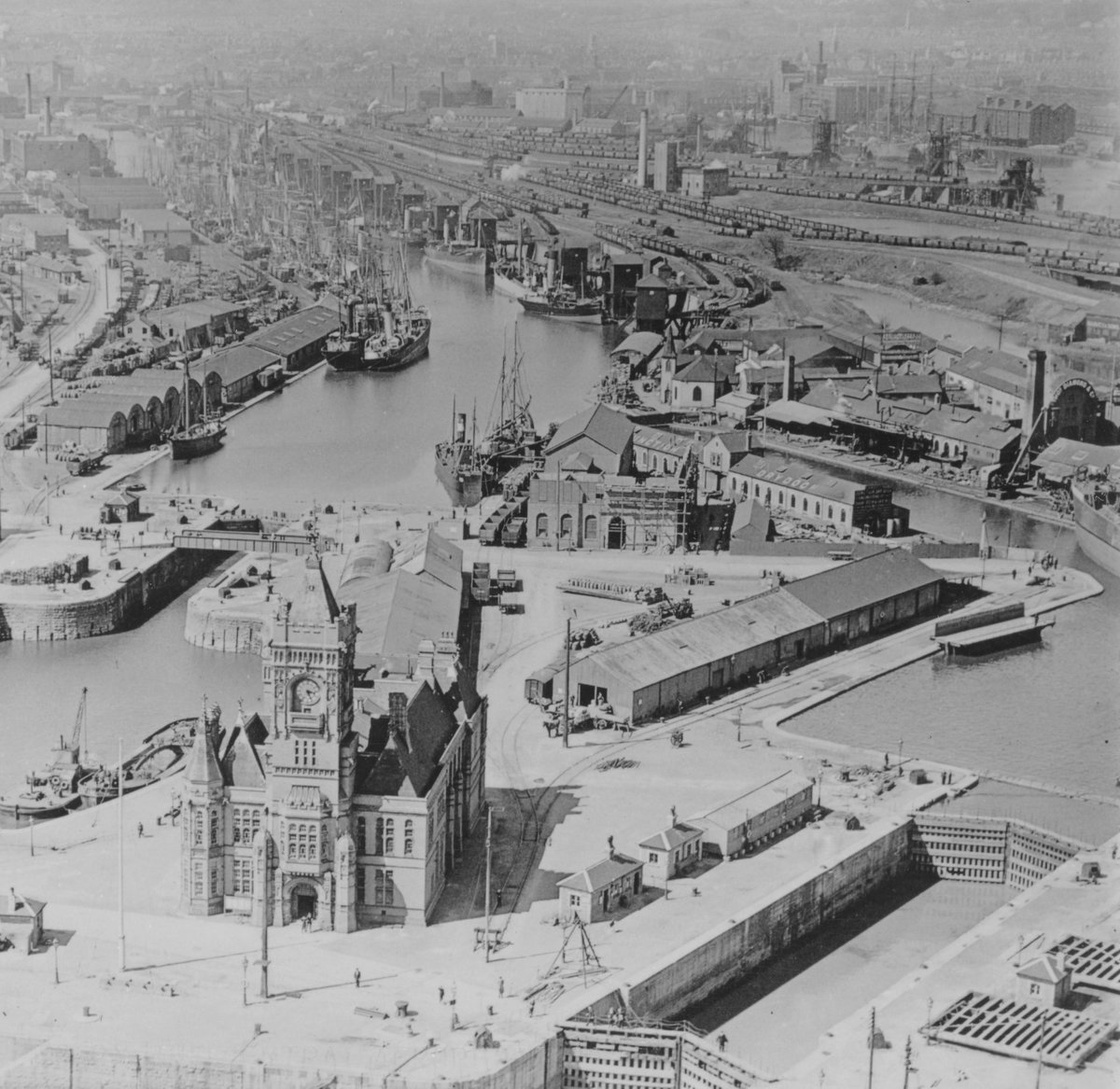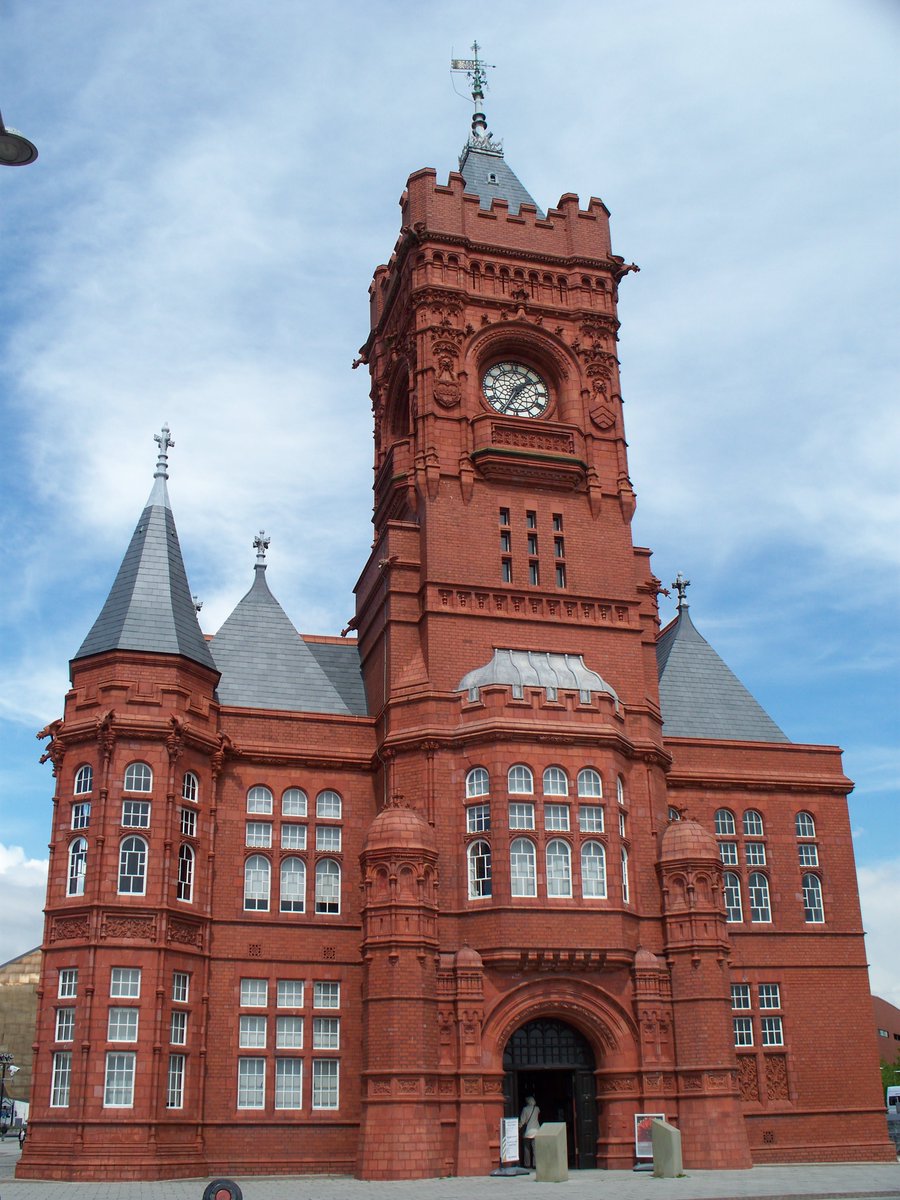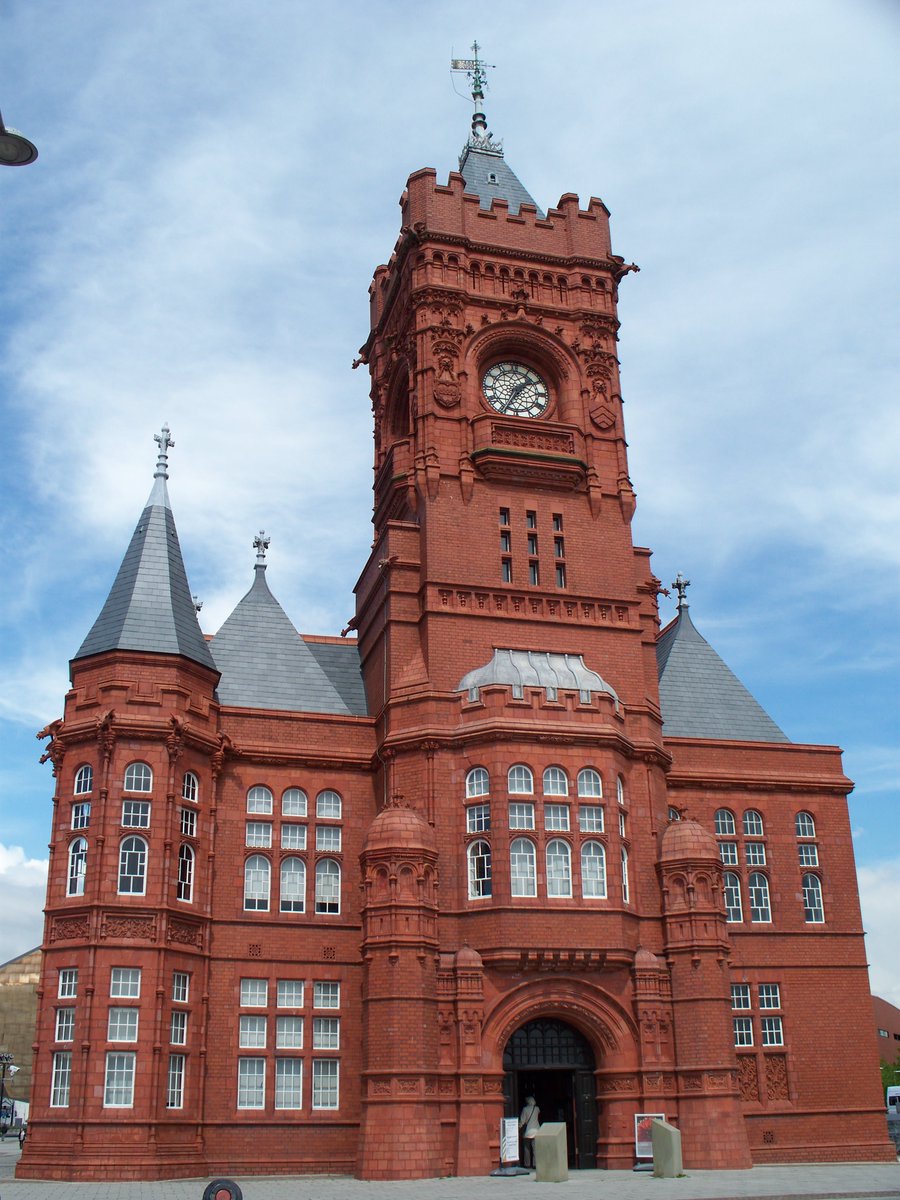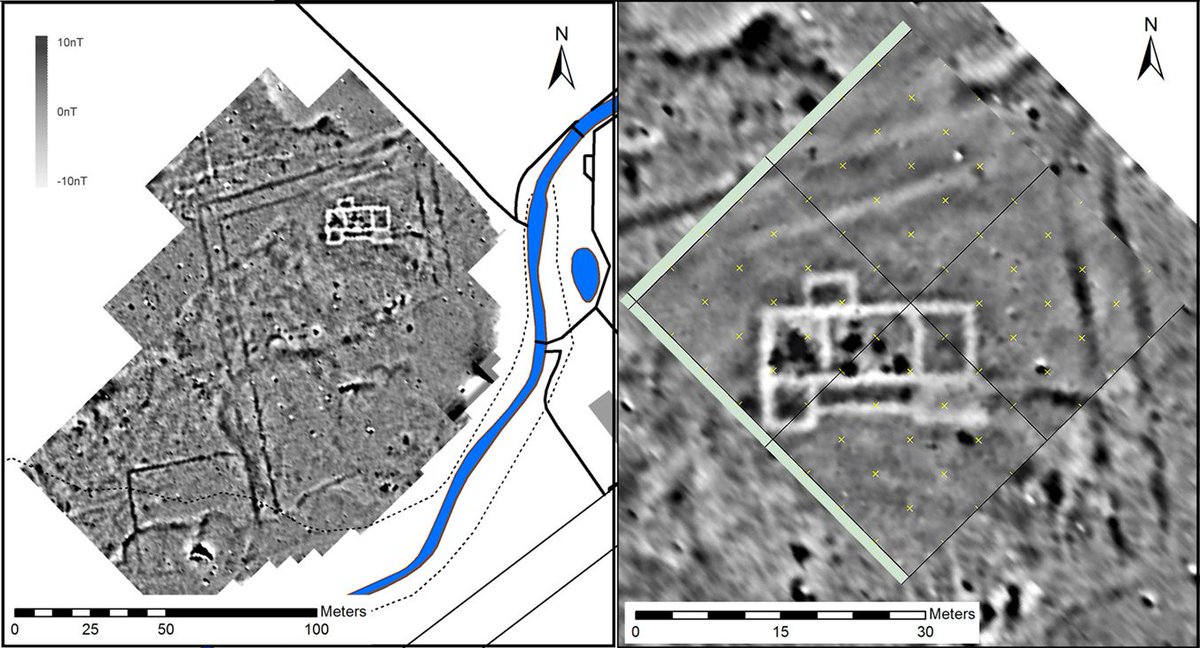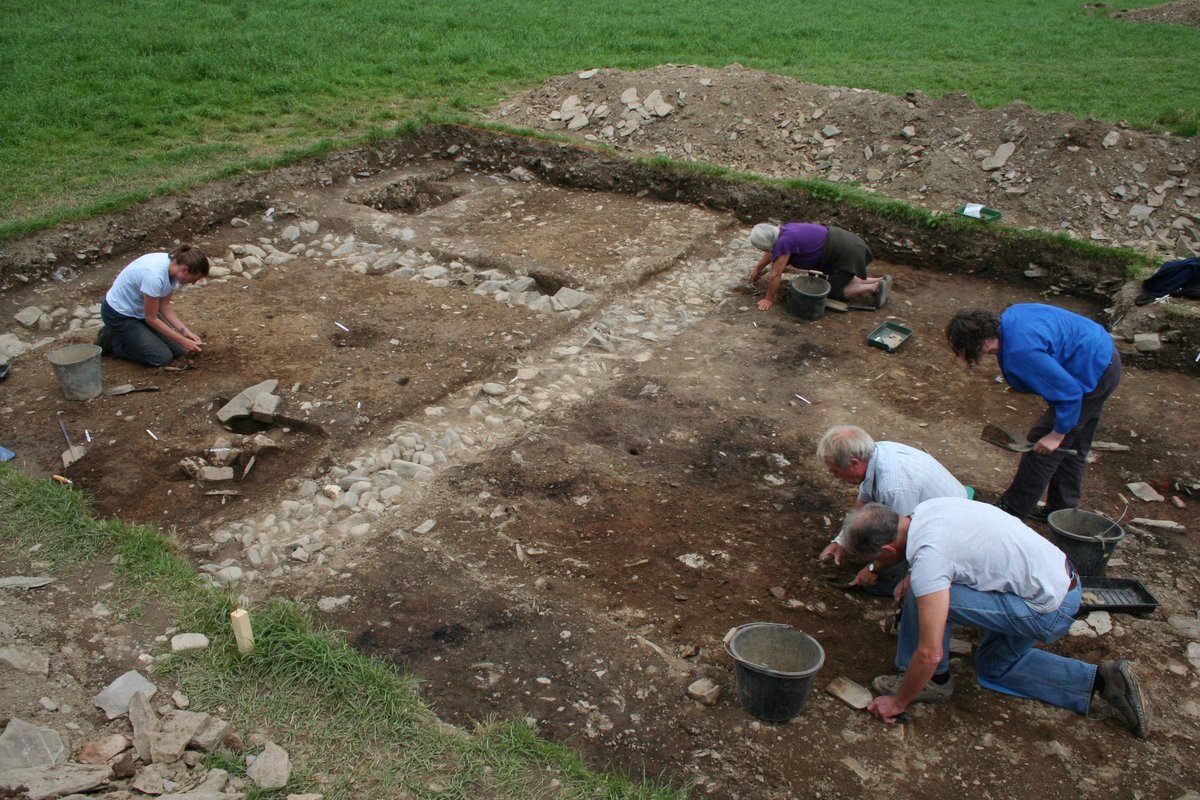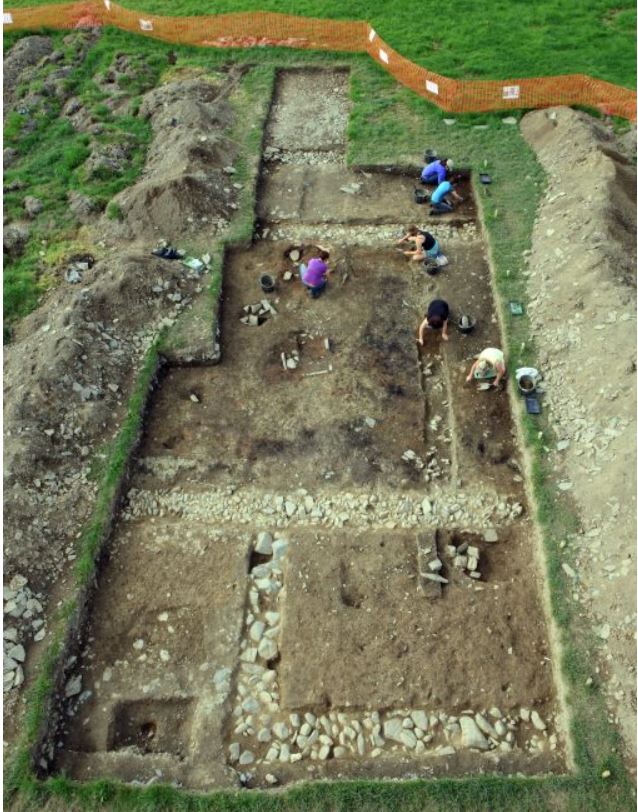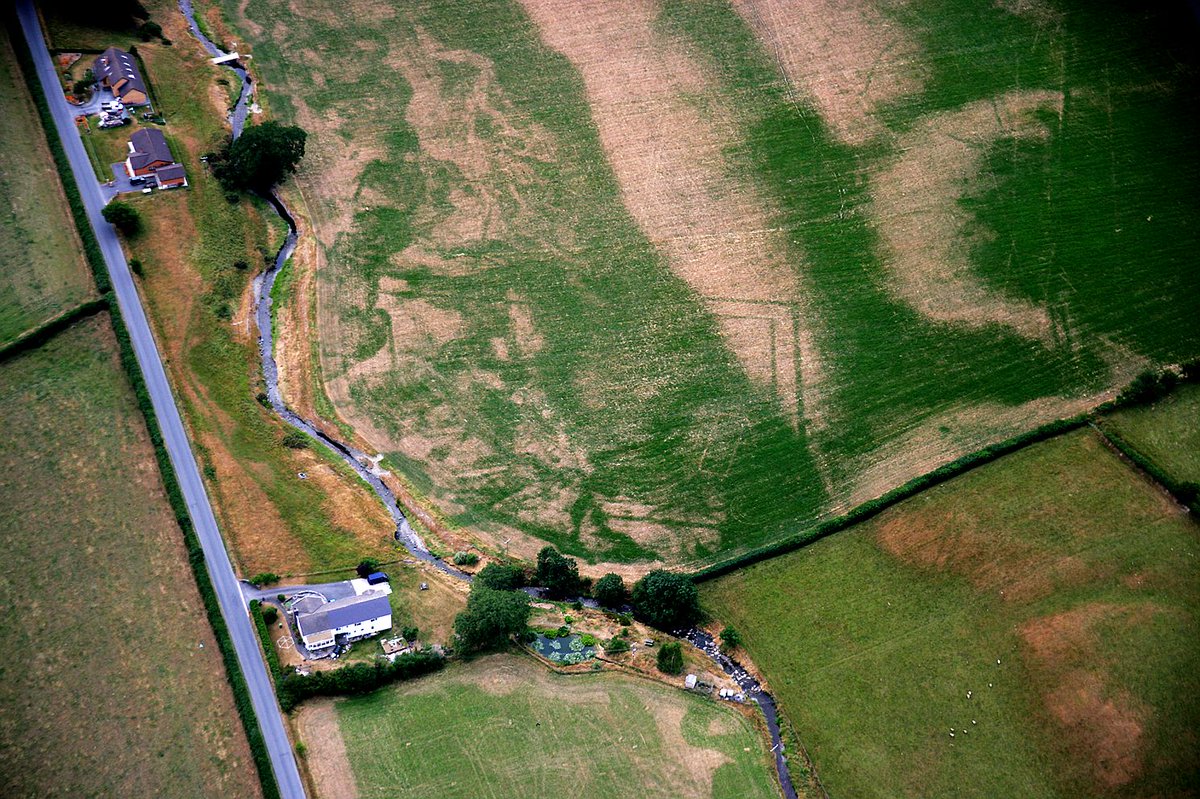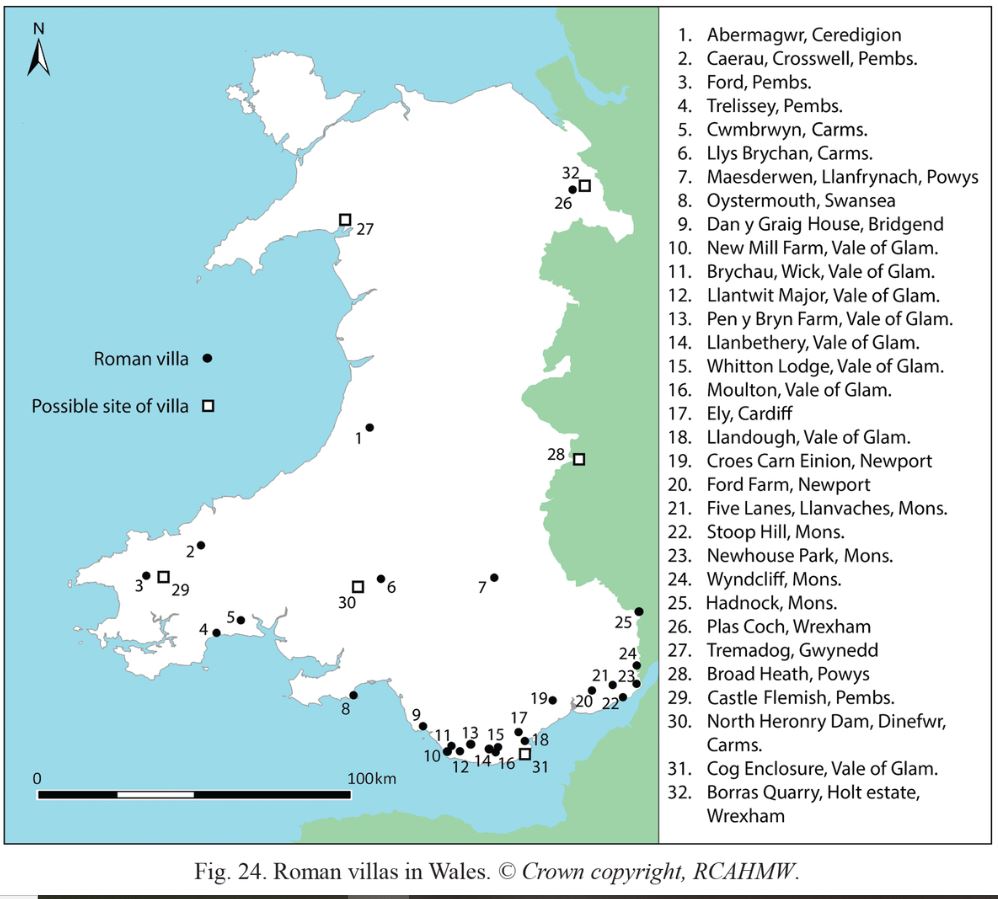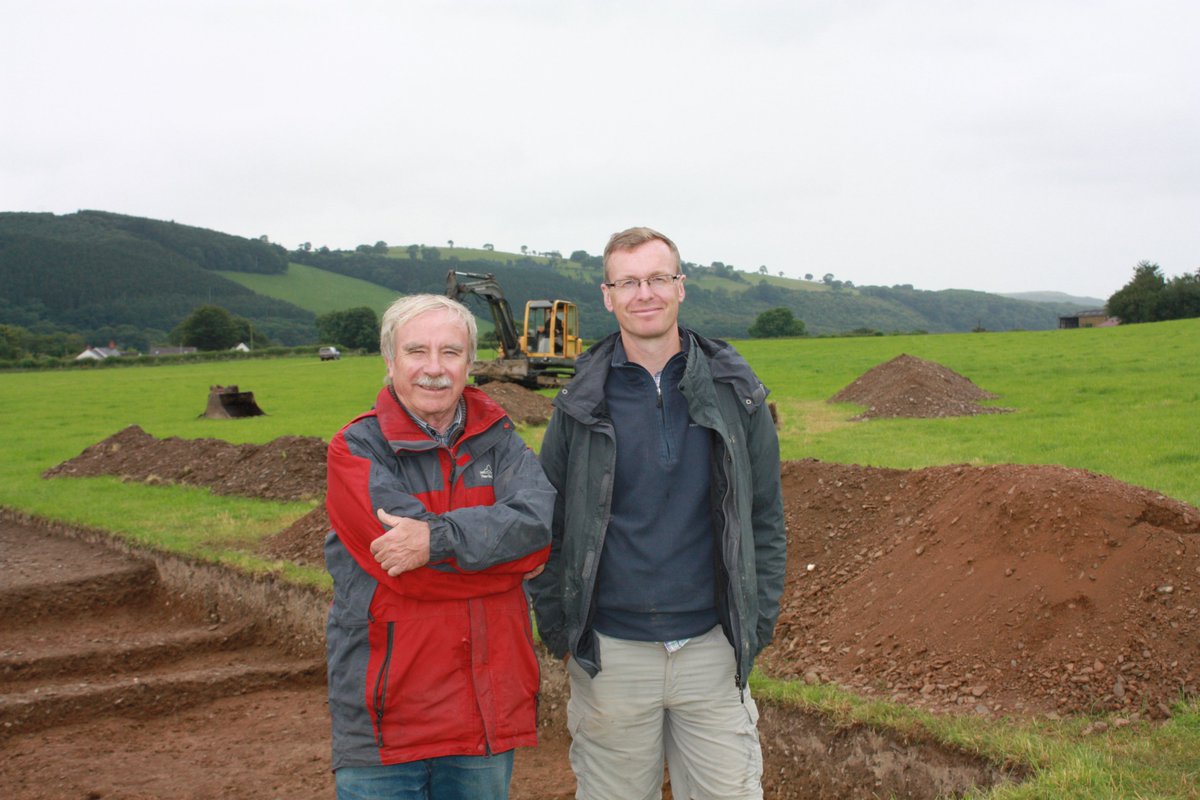
Am bron i 300 mlynedd mae de Cymru wedi bod yn ganolbwynt i ddiwydiant tunplat Prydain, gyda melin rolio Pont-y-pŵl yn gatalydd arloesol i weithgynhyrchu tunplat. Yn 1873 sefydlwyd gweithfeydd tunplat Tynewydd ger Cwmbrân. @RC_Archives #DyddMawrthTunplat 1/4 

Wedi’i sefydlu ger gorsaf drenau Pontnewydd gan Batchelor and Co (neu Charles Roberts), cafodd Tynewydd sawl perchennog ar hyd y blynyddoedd cyn dod yn rhan o Redbrook Tinplate Co., Sir Fynwy. 2/4 coflein.gov.uk/cy/safle/41548… 

Yna fel rhan o Linpac, caeodd y gweithfeydd c.1961 ond mae’n debyg i’w is-gwmni ffatri stampio – Pontnewydd Tin Stamping Co. – i barhau tan c.1966. Mae’r safle bellach wedi’i glirio ac wedi ei ail-ddefnyddio am ddiwydiant ysgafn. 3/4 

Dyma lun lloeren o’r safle presennol. 📷ESRI World Imagery @natlibscotmaps 4/4 

• • •
Missing some Tweet in this thread? You can try to
force a refresh





